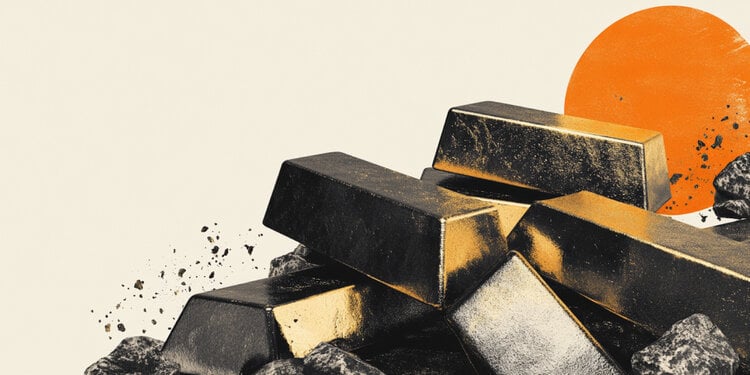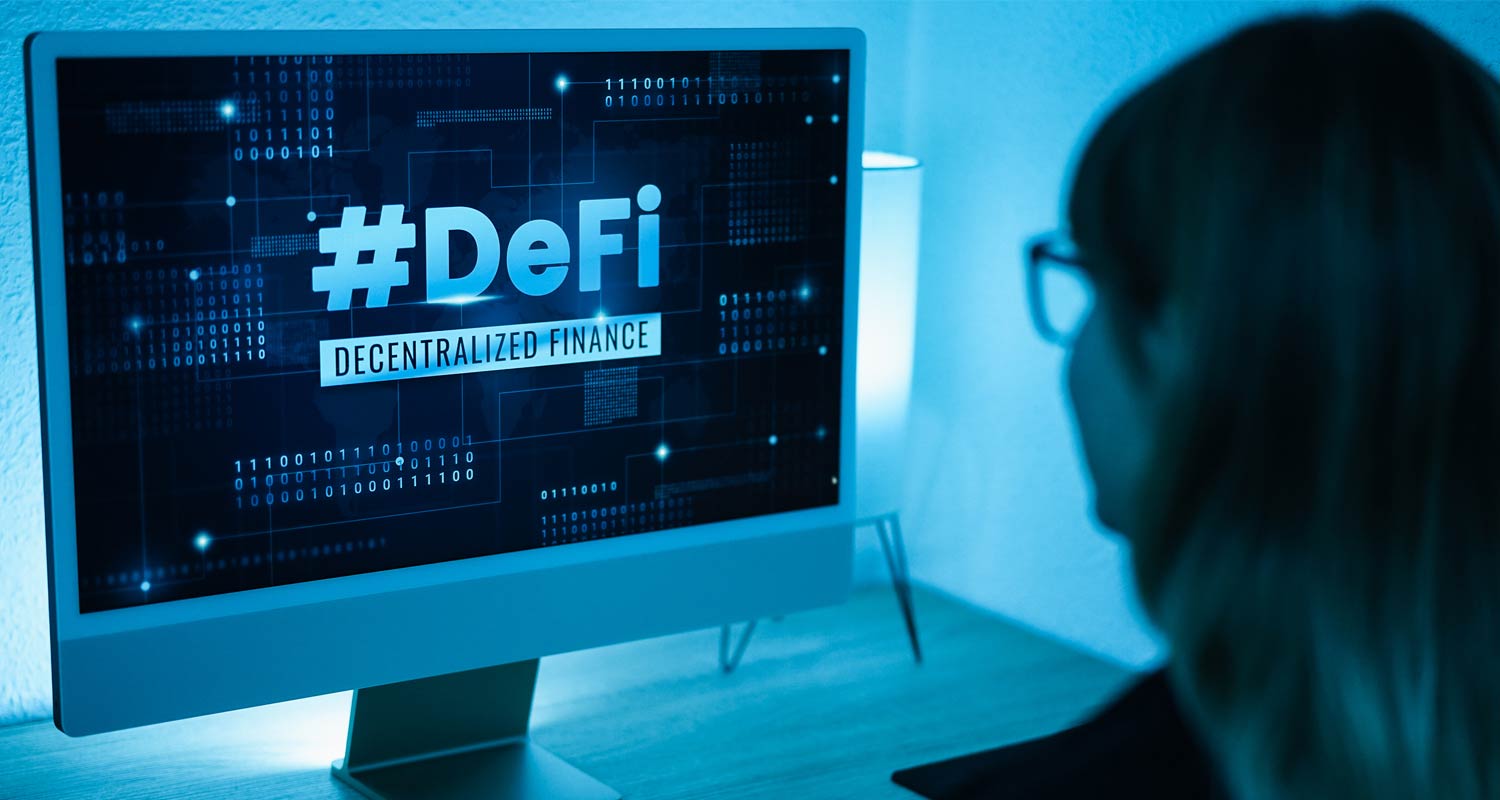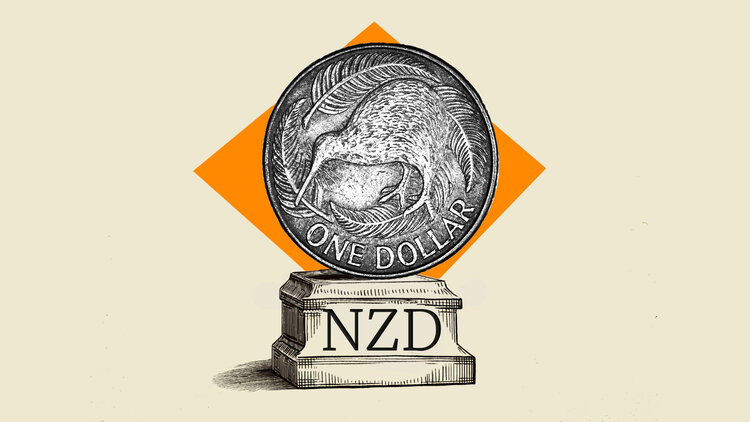OpenAI Launches Sora 2, Social Platform Where Users Can Create, Share AI-Generated Clips Of Themselves, Friends
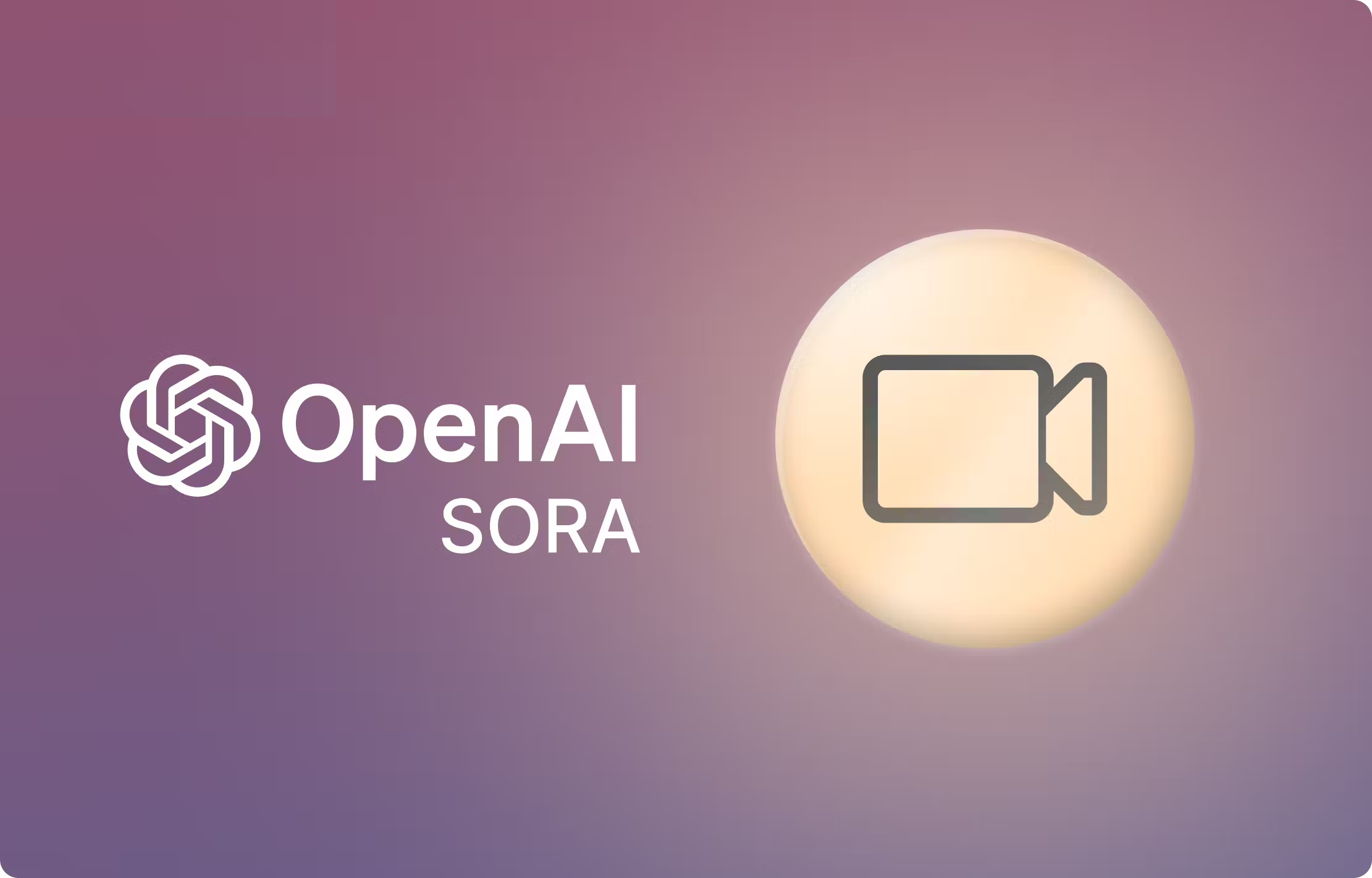
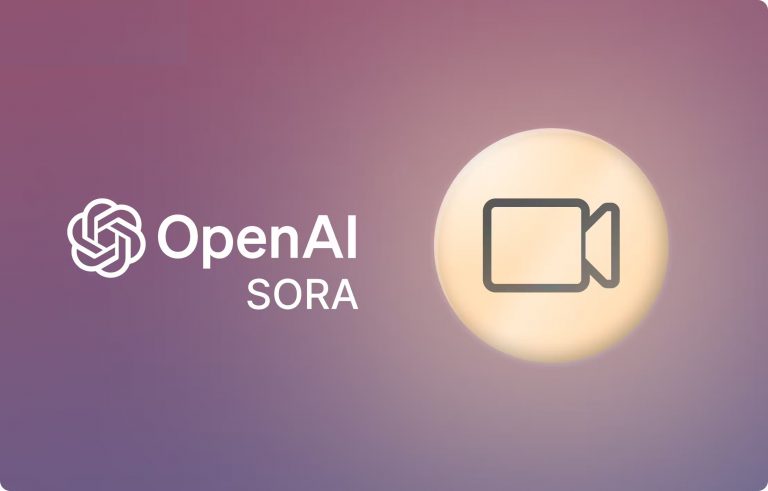
OpenAI on Tuesday unveiled Sora 2, its latest audio and video generator, alongside a new social platform called Sora, where users can create and share AI-generated clips of themselves and their friends in a TikTok-style feed.
The launch not only marks a major consumer push for the Microsoft-backed startup but also introduces fresh questions about how investors and financial markets will respond to OpenAI’s expansion into the crowded short-form video space.
The new model builds on last year’s Sora, but with striking improvements in realism. OpenAI said Sora 2 better adheres to the laws of physics, correcting one of the most glaring flaws of earlier systems. In a blog post, the company contrasted prior video models’ tendency to “morph objects and deform reality” with Sora 2’s more grounded approach.
Register for Tekedia Mini-MBA edition 18 (Sep 15 – Dec 6, 2025): registration continues.
Tekedia AI in Business Masterclass opens registrations.
Join Tekedia Capital Syndicate and co-invest in great global startups.
Register for Tekedia AI Lab: From Technical Design to Deployment.
“For example, if a basketball player misses a shot, the ball may spontaneously teleport to the hoop. In Sora 2, if a basketball player misses a shot, it will rebound off the backboard,” it said.
OpenAI has already shared clips of beach volleyball, skateboard tricks, gymnastics routines, and diving-board cannonballs to showcase the model’s improved consistency. While the invite-only system has yet to be tested independently, the public examples underscore its technical leap.
A central feature of the Sora app is “cameos”, which allows users to insert themselves into generated clips. To participate, individuals must upload a one-time video and audio recording to confirm their identity and capture their likeness. Cameos can then be shared with friends, allowing multiple people to appear together in AI-generated scenarios. OpenAI said, “We think a social app built around this ‘cameos’ feature is the best way to experience the magic of Sora 2.”

The iOS app is live in the U.S. and Canada, with international expansion planned. Though the platform is invite-only at launch, ChatGPT Pro subscribers will gain direct access to the Sora 2 Pro model without needing an invite. Generated clips will be hosted in a TikTok-like feed, signaling a direct clash with short-form video incumbents.
That competition is already heating up. Just last week, Meta announced “Vibes”, a new short-form video feed inside its Meta AI app, underscoring how quickly tech giants are converging on the AI-driven video market. OpenAI’s move suggests it wants to establish itself not just as an AI model supplier but as a consumer media platform in its own right.
The Sora feed will be algorithmically curated using a blend of user activity, IP-based location, past engagement, and even ChatGPT conversation history, though the latter can be disabled. The app also includes parental controls managed through ChatGPT, such as overrides for infinite scroll, limits on personalization, and settings for direct messages to minors. Still, their effectiveness may depend on parents’ technical skills.

At launch, the Sora app will be free, with monetization limited to charges for extra video generations during peak demand. That mirrors the early growth strategy of TikTok — a play to quickly seed adoption before introducing revenue layers.
Yet the launch comes with significant risks. OpenAI has already faced scrutiny for ChatGPT’s safety guardrails, and embedding user likenesses into a social platform raises deeper concerns. Users can revoke access to their likeness, but abuse remains possible. Even trusted contacts could generate deceptive or harmful clips. Regulators and watchdogs note that non-consensual AI-generated videos are a persistent online problem, with few laws explicitly governing platform responsibility.
For financial markets, OpenAI’s bold step into social networking cuts both ways. Some investors may see the move as a high-risk distraction from its core model licensing business, one that drags the company into a regulatory minefield already consuming TikTok and Meta. Others may view it as a natural extension — a chance to diversify revenue beyond enterprise AI services and capitalize on booming consumer demand for short-form media.
Analysts note that enterprise buyers of OpenAI’s models could also take a wait-and-see approach, wary of how the company balances consumer ambitions with its commitments to business partners. Meanwhile, rivals like Meta, Alphabet, and TikTok owner ByteDance are likely to monitor whether Sora gains traction — not just as a novelty, but as a sustained competitor in the global attention economy.
Ultimately, the Sora 2 launch puts OpenAI on a new competitive frontier. But it raises the question of whether OpenAI’s transformation into a consumer-facing platform enhances long-term value or exposes the company — and by extension, Microsoft’s stake — to the volatility and scrutiny that have defined the social media business for more than a decade.

